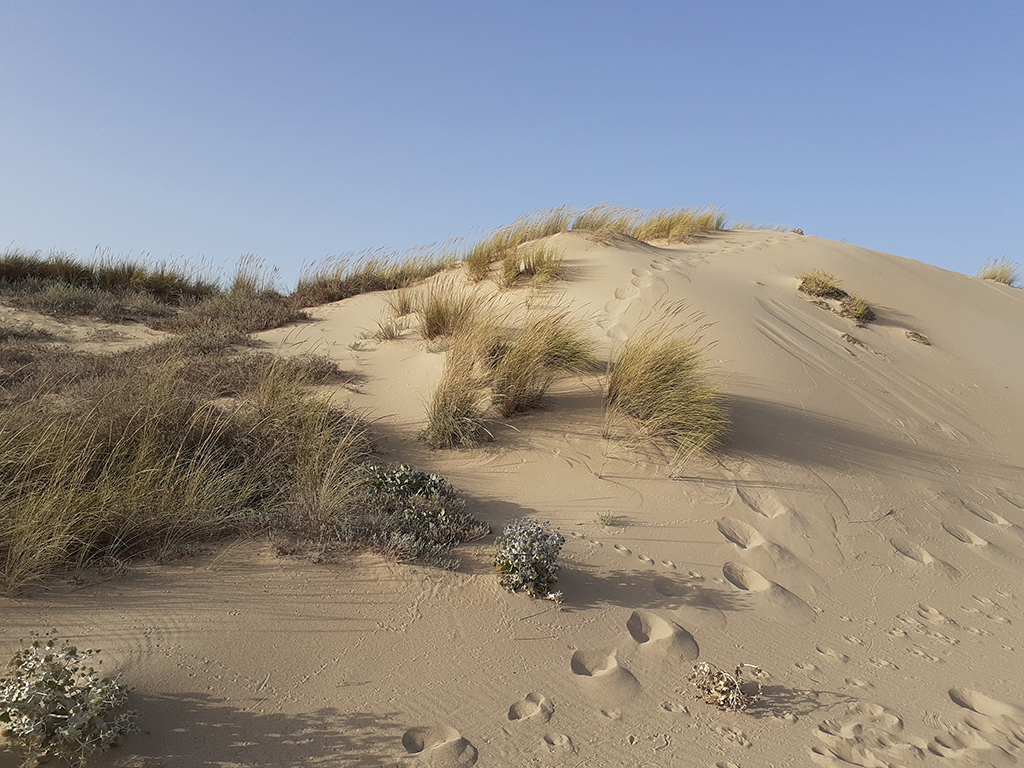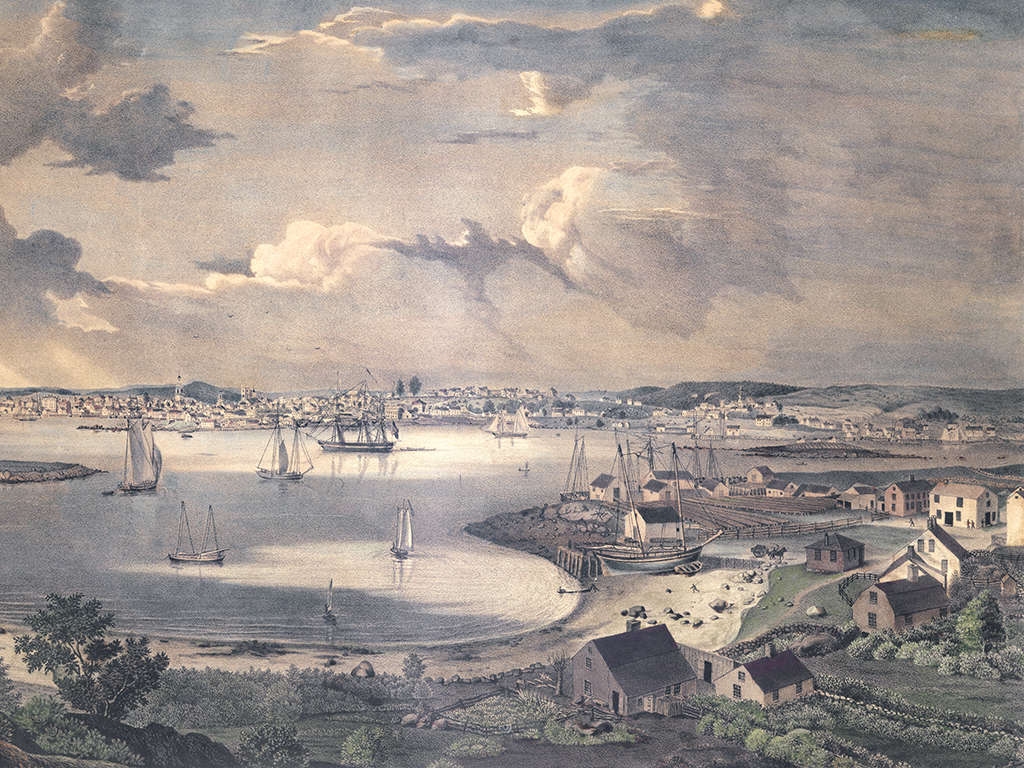Sand Architecture

Next Tuesday December 5th, by 6.30 pm at the meeting room of the Faculty of Architecture of the University of Porto, Joana Gaspar de Freitas will present a lecture as part of the Fishing Architecture research project.
We have drawn a line in the sand and called it a coastline. This is an imaginary boundary, but we have built modern civilization believing it to be real and stable. To hold the line, dunes are being included as a design feature in shore-protection projects around the world, as a building with nature solution to enhance natural systems resilience. Dunes have become envirotechnical structures and millions of euros or dollars are being spent to maintain them for the promise they offer: to act as buffers against the rising seas. Developed coasts are now on the brick of the struggle for sustainability: sand, and what we do with it, is key to this long-term challenge. In this talk, I will explore how dunes, widely valued for the many ecosystem services they provide, are these strange things that enable overlooked associations far beyond the beach and natural processes. Dunes have a long history with humans, a mostly ignored one, but one that tell us so much about in our past and present relationship with the littoral. Dunes are places of fear, resources, traditions, restrictions, dreams, hopes; a soft ground where we can lie down and think about ourselves, the world around us, and how we can learn to live with the dynamic coasts of the future.
Joana Gaspar de Freitas is the Principal Investigator of the ERC-funded project Sea, Sand and People: An Environmental History of Coastal Dunes and researcher at the Center for History of the University of Lisbon. She has a PhD in Contemporary History and she is an historian of beaches. Her work focuses on socio-environmental change in coastal zones, addressing issues such as coastal erosion, natural disasters, risk and vulnerability, traditional ecological knowledge and coastal communities adaptation. She was previously a Rachel Carson Fellow (Munich, 2015) and a Linda Hall Library Fellow (USA, 2014) and she is the co-editor of the interdisciplinary journal Coastal Studies and Society.
5th December 2023, 6.30pm
At the meeting room of Faculty of Architecture of the University of Porto. Via Panorâmica Edgar Cardoso 215, 4150-564 Porto
Informations: fish@arq.up.pt

